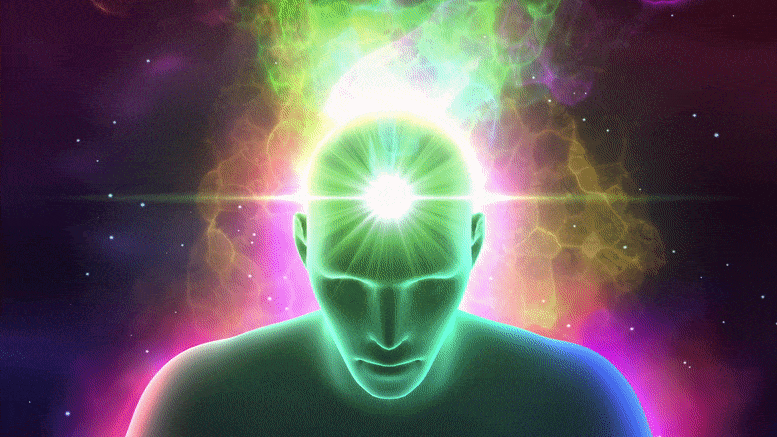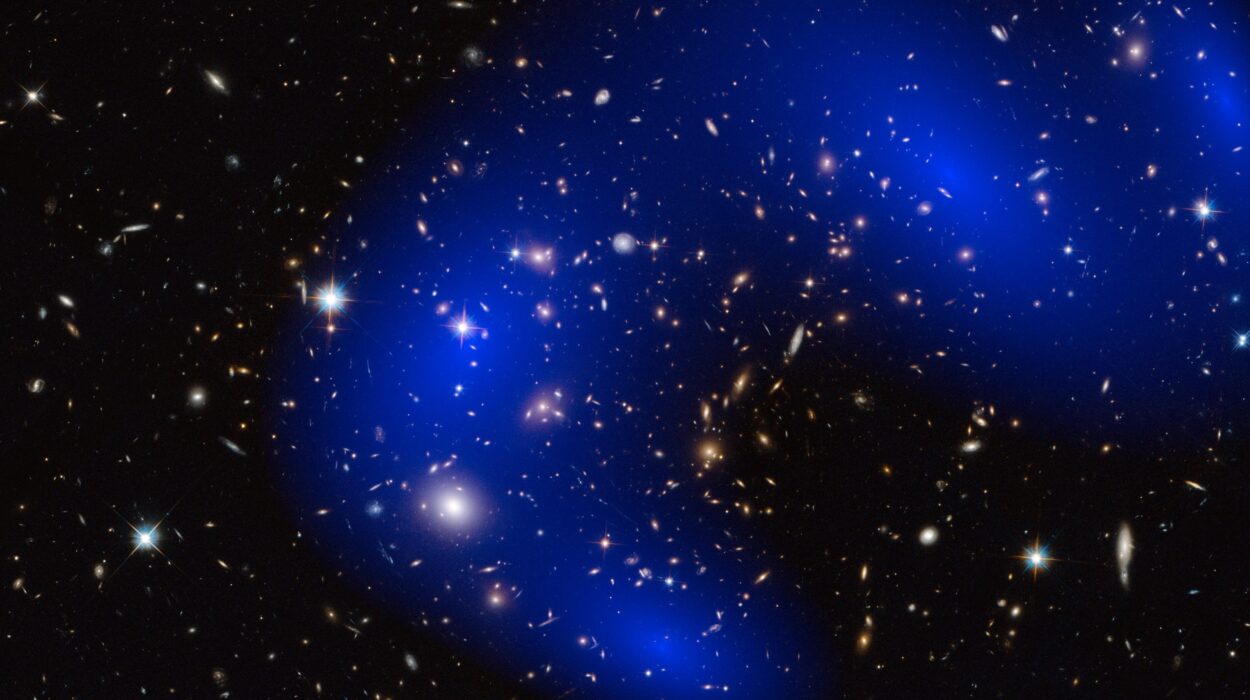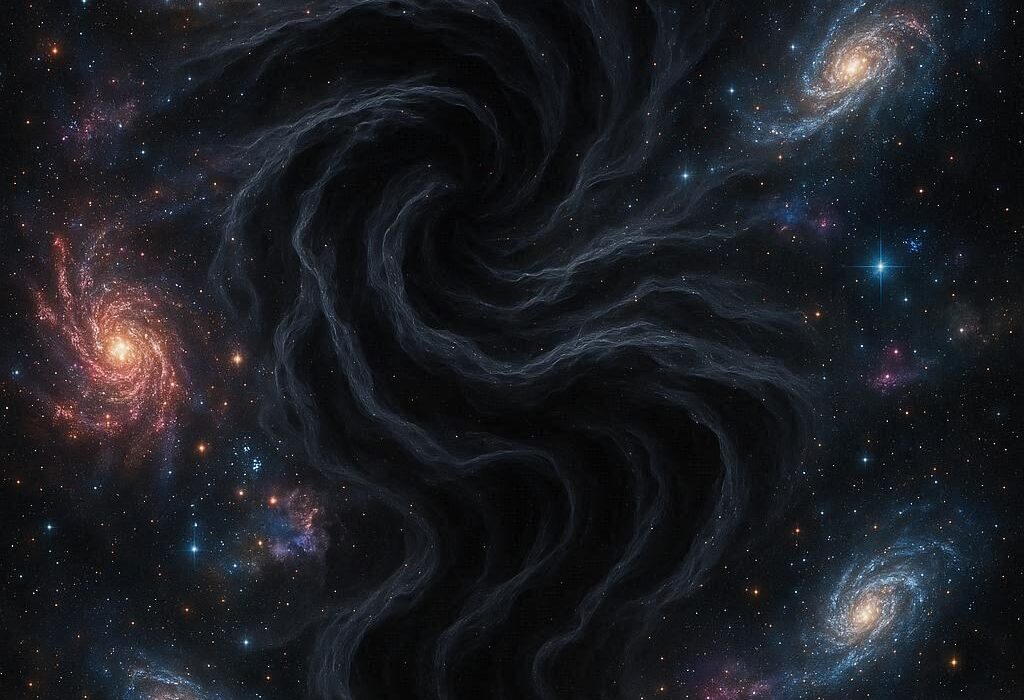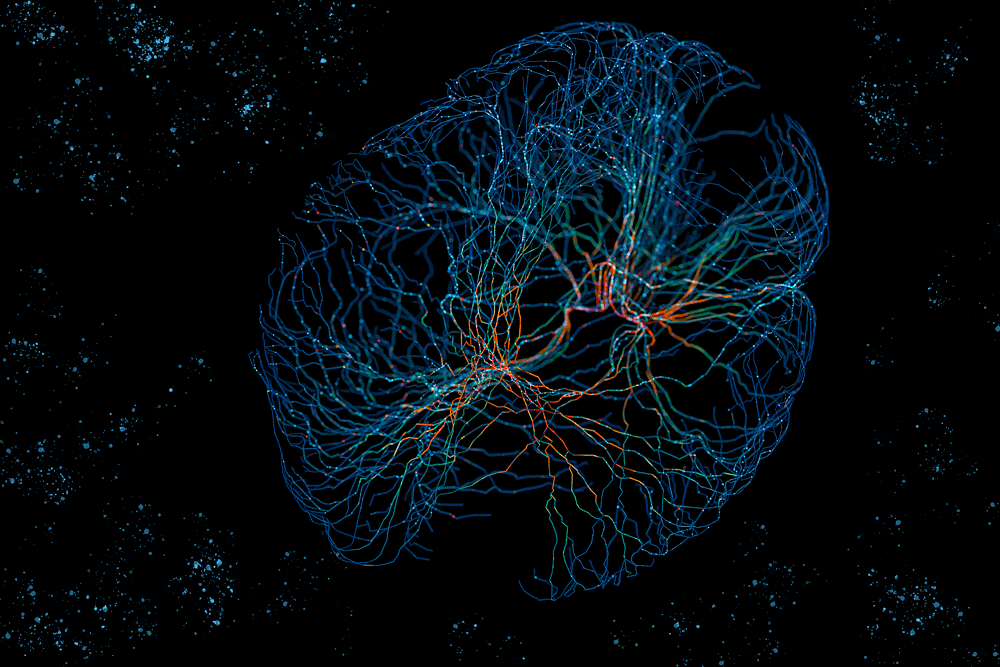Consciousness is the light of human existence—the subjective sense of being aware, of experiencing thoughts, feelings, perceptions, and memories. We live inside it constantly, yet it remains the greatest mystery in science. What is it that transforms electrical impulses in the brain into the taste of chocolate, the beauty of music, or the ache of love? How can neurons—biological machines—generate the rich inner movie of our minds?
For centuries, philosophers have wrestled with this question. Descartes split the world into res extensa (the realm of matter) and res cogitans (the realm of thought), creating the enduring “mind-body problem.” Modern neuroscience has mapped countless neural circuits, linked regions of the brain to cognitive functions, and described consciousness in terms of information processing. Yet the core question—why subjective experience arises at all—remains unanswered.
In recent decades, an unexpected frontier has emerged in this debate: quantum physics. Some scientists and philosophers have wondered whether the strange and counterintuitive laws of the quantum world—superposition, entanglement, and collapse of the wave function—might hold the key to explaining consciousness. Could it be that our minds are not simply classical machines, but quantum systems, riding the edge of reality itself?
Quantum Physics: A Different Kind of Reality
To understand why some have turned to quantum mechanics to explain consciousness, we need to appreciate just how strange the quantum world is. In the early 20th century, physicists such as Max Planck, Niels Bohr, and Albert Einstein uncovered a hidden layer of reality where the rules defy everyday intuition.
At the quantum level, particles can exist in superposition—being in multiple states at once until measured. They can be entangled, meaning two particles separated by vast distances share a mysterious connection, influencing each other instantly. And the act of observation itself seems to play a role in determining outcomes, as if consciousness has a hand in shaping physical reality.
These features challenge our understanding of causality and reality itself. While quantum mechanics has been spectacularly successful in explaining the behavior of atoms, molecules, and subatomic particles, it leaves open profound philosophical questions. What collapses the wave function? Is reality probabilistic at its core? And most tantalizingly: could the strange rules of the quantum world play a role in the emergence of consciousness?
The Classical Brain vs. the Quantum Brain
For decades, neuroscience has treated the brain as a classical information processor. Neurons fire electrical signals, releasing neurotransmitters, creating networks of activation that give rise to perception and behavior. Computers, built on classical bits of 0s and 1s, mimic some of these processes, suggesting that the brain is ultimately a very advanced but deterministic machine.
Yet, if consciousness is nothing more than computation, why does subjective experience arise? A computer can calculate, but it does not feel. Your smartphone processes vast amounts of information, yet it does not savor coffee or dream in colors. This gap between physical computation and subjective awareness is known as the “hard problem of consciousness,” a term coined by philosopher David Chalmers.
Here is where quantum physics enters the conversation. Unlike classical systems, quantum systems exhibit properties that resonate with the mysteries of consciousness: unpredictability, holism, and entanglement. Could the brain, rather than being merely classical, be tapping into quantum effects? Could consciousness itself be a quantum phenomenon?
The Observer Problem
One reason quantum physics has been linked to consciousness lies in the so-called “observer problem.” In quantum mechanics, a system exists in a superposition of states until measured. For example, an electron can spin both up and down, or a photon can pass through two slits simultaneously. But when observed, the system collapses into a definite state.
This raises a puzzling question: what counts as an observation? Some interpretations suggest that it is the conscious observer that causes collapse—that consciousness is not outside of physics but part of it. While many physicists reject this interpretation as unnecessary, the idea has been philosophically seductive. It hints at a deep intertwining between mind and matter, as if consciousness itself participates in shaping reality.
But is this merely a poetic metaphor, or does consciousness genuinely involve quantum processes in the brain? To answer, we must dive into specific scientific theories.
Penrose and Hameroff: The Orch-OR Theory
One of the most influential quantum theories of consciousness comes from an unlikely partnership between a physicist and an anesthesiologist. Roger Penrose, a mathematical physicist and Nobel laureate, argued in the 1980s that consciousness could not be explained by classical computation alone. He believed that human understanding and creativity go beyond algorithms, pointing to the need for a non-computable process.
Stuart Hameroff, an anesthesiologist fascinated by the mystery of anesthesia—how chemicals can instantly switch off consciousness—proposed that the brain’s microtubules (tiny protein structures inside neurons) might be the seat of quantum processes. Together, Penrose and Hameroff developed the Orchestrated Objective Reduction (Orch-OR) theory.
According to Orch-OR, microtubules maintain quantum superpositions that collapse in a structured way, giving rise to moments of conscious awareness. In this model, consciousness is not a passive byproduct of computation but an active quantum process, orchestrated within the brain’s architecture. Penrose even tied this collapse to deep features of spacetime geometry, suggesting that consciousness taps into the very fabric of reality.
The Orch-OR theory has been both celebrated and criticized. Critics argue that the brain is too warm and wet for delicate quantum states to survive; decoherence—loss of quantum coherence—would destroy superpositions before they could play any functional role. Hameroff and Penrose, however, cite evidence that microtubules may protect quantum states long enough for meaningful effects. The debate remains unresolved, but Orch-OR stands as a bold attempt to bridge quantum physics and consciousness.
The Quantum Brain Hypothesis
Beyond Orch-OR, other scientists have speculated about quantum brain dynamics. Some suggest that synaptic transmission may involve quantum tunneling—particles “jumping” across barriers in ways that classical physics cannot explain. Others propose that entanglement might allow for holistic coordination across neural networks, giving rise to the unity of consciousness.
Quantum processes are well established in biology. Photosynthesis, bird navigation, and even olfaction (sense of smell) appear to exploit quantum effects. If plants and animals use quantum tricks to enhance survival, could the brain also harness quantum physics for the far more complex phenomenon of consciousness?
While compelling, evidence remains scarce. Quantum biology is a young field, and demonstrating quantum coherence in living neurons is extraordinarily difficult. Yet technological advances may soon shed light on whether the brain indeed operates at the quantum edge.
Neuroscience Meets Quantum Speculation
Mainstream neuroscience remains skeptical of quantum consciousness theories. Brain imaging, electrophysiology, and computational models explain much of cognition in classical terms. Memory, attention, language, and perception can often be traced to neuronal networks without invoking quantum mechanics.
Moreover, many neuroscientists argue that quantum processes, even if present, may not scale up to the level of consciousness. Quantum effects occur at microscopic scales, but consciousness is a macroscopic, integrated phenomenon. How could fragile quantum states survive and influence large-scale brain activity?
Yet, neuroscience does not provide a full account either. The binding problem—how the brain integrates disparate sensory inputs into a unified conscious experience—remains unresolved. The nature of subjective awareness itself is untouched by classical models. Thus, while quantum consciousness remains speculative, it holds allure precisely because traditional neuroscience leaves critical gaps.
Quantum Physics as Metaphor
It is important to distinguish between quantum physics as a literal explanation for consciousness and quantum physics as a metaphor. The language of quantum theory—uncertainty, entanglement, collapse—resonates with the mysteries of mind. Poets and philosophers alike have borrowed its imagery to describe the ineffable nature of thought and being.
But science demands more than metaphor. If consciousness is to be explained by quantum physics, it requires empirical evidence, predictive models, and testable hypotheses. Otherwise, it risks being dismissed as “quantum mysticism,” a vague invocation of science to justify philosophical or spiritual ideas. The challenge lies in moving from metaphorical resonance to scientific demonstration.
Consciousness and the Nature of Reality
The debate about quantum consciousness is not only about the brain; it touches on the deepest questions of reality itself. If consciousness arises from quantum processes, does that mean the universe is, in some sense, aware? Could consciousness be woven into the fabric of spacetime, rather than emerging only in biological brains? Some physicists and philosophers entertain the idea of panpsychism—the view that consciousness is a fundamental feature of the universe, present even at the smallest scales.
In this view, the brain does not create consciousness but channels and organizes it, much like a radio tunes into electromagnetic waves. Quantum physics, with its holistic and interconnected nature, might provide the bridge between mind and cosmos. Though speculative, such ideas capture the imagination, inviting us to see consciousness not as an accidental byproduct of matter but as an intrinsic aspect of reality.
The Future of the Question
The question of whether quantum physics can explain consciousness remains open. Orch-OR and other quantum brain theories face skepticism, but they also inspire new experiments and technologies. Advances in quantum computing, neuroscience, and biophysics may soon test whether quantum coherence plays a role in brain function.
Meanwhile, the mystery of consciousness continues to challenge science and philosophy alike. Even if quantum physics does not directly explain awareness, the dialogue between physics and consciousness enriches both fields. It reminds us that the universe is stranger than we can imagine, and that our inner life may hold keys to understanding the cosmos.
Conclusion: Wonder at the Edge
Can consciousness be explained by quantum physics? The honest answer, today, is: we do not yet know. The brain is the most complex system in the known universe, and quantum physics is the most successful yet enigmatic theory in science. Where they meet, mystery deepens.
What we can say is that consciousness forces us to question the boundaries of science itself. It compels us to ask whether matter alone can account for mind, or whether deeper principles are at play. Quantum physics, with its shimmering paradoxes, offers both a possible framework and a powerful metaphor for that inquiry.
In the end, the pursuit of understanding consciousness may be less about finding a final answer than about expanding our vision of reality. Like Einstein staring at his compass as a child, we may be on the threshold of discovering that the inner light of awareness is not only the greatest mystery but also the greatest clue to the nature of the universe.
Consciousness, whether quantum or not, is the universe looking at itself—and that is a wonder beyond measure.






